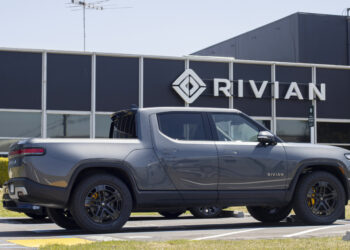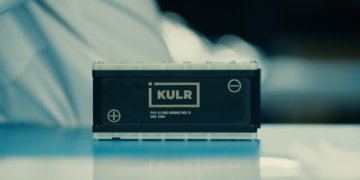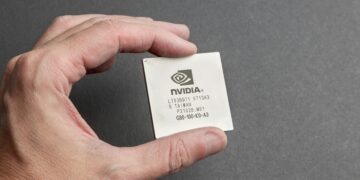With Industry-Leading Adjusted EBITDA Margin and Rising Retail Sales, Carvana Sets a New Standard in Automotive Retail
Carvana Co. (CVNA), the pioneering e-commerce platform for used car sales, has reported impressive third-quarter 2024 financial results, underscoring its position as one of the most profitable and fastest-growing players in the automotive retail industry. The company’s unique vertically integrated model has not only facilitated a notable rise in profitability but also strengthened its market position. With robust Q3 earnings and a promising outlook for Q4, Carvana continues to redefine the dynamics of automotive retail.
Record Financial Performance and Profitability
In Q3 2024, Carvana achieved a net income of $148 million, a significant milestone that reflects a 4.0% net income margin. This robust profitability aligns with Carvana’s overarching goal of establishing sustainable growth through strategic operational efficiencies and customer satisfaction. The company also posted an adjusted EBITDA of $429 million—a record for Carvana—and an industry-leading adjusted EBITDA margin of 11.7%, setting a new benchmark among public automotive retailers.
The financial success reported this quarter has not only cemented Carvana’s competitive edge but also emphasized its dominance in the market. Ernie Garcia, Carvana’s founder and CEO, celebrated the company’s performance, stating, “Carvana’s exceptional results underscore our position as the fastest-growing and most profitable automotive retailer.” He credited the company’s vertically integrated business model for the progress, noting that Carvana’s expansive infrastructure, which includes the ADESA network, has been instrumental in its operational efficiency and customer experience enhancements.
Strong Retail and Revenue Growth
A significant highlight of Carvana’s Q3 performance was its impressive 34% year-over-year increase in retail units sold, totaling 108,651 units. This surge in retail volume contributed to a revenue of $3.655 billion, up 32% year-over-year, affirming Carvana’s customer-centric approach and market traction. The company’s robust online platform allows customers to seamlessly buy and sell used cars, a unique proposition that has resonated well in the automotive retail space, where convenience and transparency are increasingly valued by consumers.
Carvana’s vertically integrated model—encompassing sourcing, reconditioning, and logistics—is designed to provide a streamlined, end-to-end experience for customers. Garcia attributed the retail growth to the company’s ability to leverage its national footprint, which has enabled Carvana to lower costs, enhance the customer experience, and solidify its wholesale operations. With just a 1% share in the enormous used car market, Carvana has considerable room for expansion, and Garcia emphasized that the company is “just getting started.”
Outlook for Q4 and Beyond
Carvana’s positive momentum appears poised to carry into the fourth quarter, as the company expects to see a sequential increase in the year-over-year growth rate for retail units sold. Moreover, Carvana anticipates that its adjusted EBITDA for 2024 will significantly exceed the high end of its previously projected $1.0 to $1.2 billion range, a reflection of the company’s sustained profitability and operational discipline. This optimistic outlook is, however, conditional on a stable economic environment, which has allowed Carvana to capitalize on its strengths effectively so far.
Carvana’s ADESA network, which the company acquired in 2022, has also played a critical role in boosting its wholesale and retail performance. This expansive vehicle logistics network enables Carvana to recondition and deliver cars across the country with unmatched speed and efficiency, adding to the convenience and appeal of its e-commerce model. By utilizing this extensive network, Carvana aims to meet the rising demand for used cars and continue building on its market success.
Industry Implications and Future Potential
Carvana’s industry-leading adjusted EBITDA margin and growth trajectory signal a paradigm shift in automotive retail, where traditional dealership models are increasingly being challenged by digital-first platforms. By leveraging technology and infrastructure, Carvana has successfully established a model that prioritizes operational efficiency and scalability. The company’s Q3 performance also highlights its potential to drive further disruption within the used car market, an industry that is expected to continue growing as more consumers shift toward affordable, pre-owned vehicles amid rising new car prices.
As Carvana looks to the future, its focus on scalable growth and innovative customer experiences remains at the core of its business strategy. With a unique model that generates positive feedback and a robust national infrastructure, Carvana is well-positioned to capture an even greater share of the automotive retail market. For investors and industry watchers, Carvana’s Q3 2024 results present a clear indicator of the company’s staying power and growth potential in a rapidly evolving retail landscape.
Read original press release here
You might like this article:Merck Posts Q3 Earnings Beat on Keytruda Sales Despite Gardasil Struggles in China











